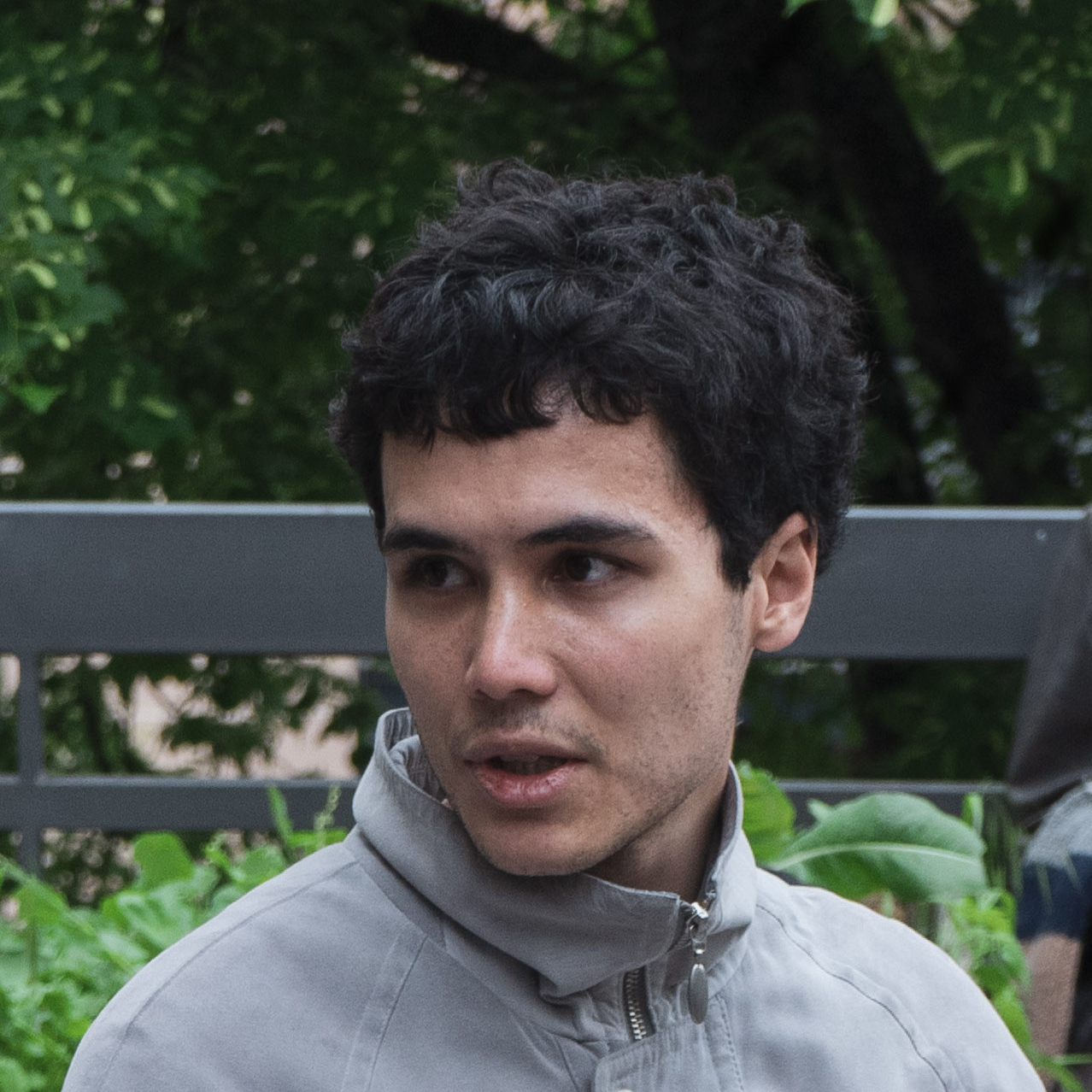Installation at Display Gallery Prague (September 5-29, 2024) with the collective Drift Signal [Mae Lubetkin, Mižu Mitro and me].
A short essay on »Ambient Tremology« can be found
here
Ambient Tremology reorients the act of listening from the sonic to the vibrant, by gaining contact with trembling matter of amphibious worlds. Echoing the vibroscape of the Danube Delta through sculptural fragments and an audio-tactile composition, the installation attunes to granular memory and ambient force. The works are based in a research residency in the Romanian Danube Delta, where we explored the vibratory linkages of the soaked landscape through an adapted contact-accelerometer.
With gratitude to the people of Sfântu Gheorghe who shared the vibrant Delta region with us during our stay in April/May 2024. Many thanks to the Danube Delta National Research Institute for the guidance about local Delta habitats. Thanks also to Rok Šturm and Juan José López Díez of the Slovenian National Institute of Biology for sharing their knowledge and fieldwork on vibroscapes and ecotremology.
Produced during the 2023-2024 research-based art program 'Bodies of Water' - Inspirační Forum Lab
Additional field sessions and residency in the Romanian Danube Delta supported by Culture Moves Europe and hosted by Qolony.eu


















